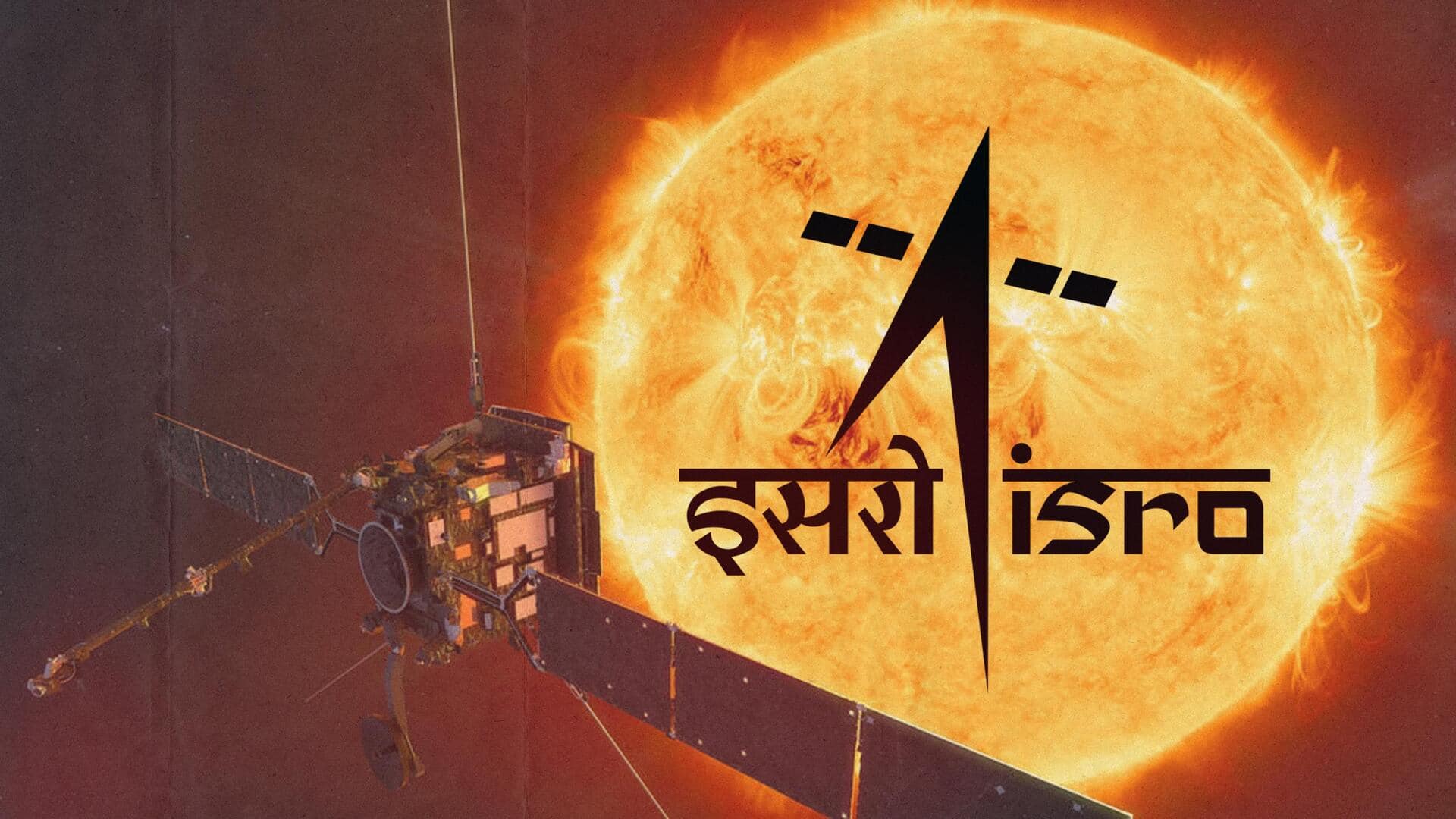
Countdown starts for Aditya-L1 mission: How to watch tomorrow's launch
What's the story
After the successful lunar landing of Chandrayaan-3, the Indian Space Research Organisation (ISRO) is now preparing for the launch of Aditya-L1, India's first space-based solar observatory. The countdown to the launch began today at 12:10pm, marking the start of a 23-hour and 40-minute countdown. ISRO is poised to launch its solar mission, Aditya-L1, tomorrow from Sriharikota spaceport in Andhra Pradesh at 11:50am.
Twitter Post
Take a look at ISRO's post
PSLV-C57/Aditya-L1 Mission:
— ISRO (@isro) September 1, 2023
The 23-hour 40-minute countdown leading to the launch at 11:50 Hrs. IST on September 2, 2023, has commended today at 12:10 Hrs.
The launch can be watched LIVE
on ISRO Website https://t.co/osrHMk7MZL
Facebook https://t.co/zugXQAYy1y
YouTube…
Details
How to watch the launch event?
After Chandrayaan-3's historic landing near the Moon's south pole, it is now time for another key ISRO mission. For those eager to witness this historic event, ISRO typically provides live coverage of its launches through its official website and social media channels. The launch can be live-streamed from ISRO's website and social media channels. ISRO website: https://isro.gov.in ISRO Facebook: https://facebook.com/ISRO ISRO YouTube channel: https://www.youtube.com/watch?v=_IcgGYZTXQw
Overview
Mission overview
Aditya-L1, named after the Hindi word for the Sun, "Aditya," will be India's first mission dedicated to the study of our closest star. The spacecraft's primary objective is to provide remote observations of the solar corona and in situ observations of the solar wind at the Sun-Earth Lagrangian point (L1), which is approximately 1.5 million kilometers from Earth. One of the remarkable features of this mission is that it is entirely indigenous, with the participation of national institutions.
Information
What are Lagrangian points?
Lagrangian points denote locations where the gravitational forces between two celestial bodies reach a precise balance, allowing spacecraft to maintain stable positions over extended periods. Among these Lagrangian points, the L1 point, originally pinpointed by mathematician Joseph Louis Lagrange, is considered the most significant of the Lagrangian points.
Importance
Why Aditya-L1 is important for India?
For ISRO, the Aditya-L1 mission represents yet another major milestone, following India's historic achievement of landing a spacecraft close to the lunar south pole in August this year. If successful, this mission will place the Aditya-L1 spacecraft in a halo orbit around L1, providing an uninterrupted view of the sun. The data collected by Aditya-L1 will be instrumental in understanding the Sun's impact on environmental conditions near Earth and other planets.
Insights
Get familiar with all the onboard payloads
There are four remote sensing instruments onboard the mission. These instruments consist of the High Energy L1 Orbiting X-ray Spectrometer (HEL1OS), the Visible Emission Line Coronagraph (VELC), the Solar Low Energy X-ray Spectrometer (SoLEXS), and the Solar Ultraviolet Imaging Telescope (SUIT). Additionally, the mission includes three in situ instruments designed to investigate particles and fields at the L1 point: the Advanced Tri-axial High-Resolution Digital Magnetometer, the Aditya Solar Wind Particle Experiment (ASPEX), and the Plasma Analyzer Package for Aditya (PAPA).
Insights
Aditya's path to the L1 point: A breakdown
Notably, Aditya-L1 will share its orbit with NASA's Solar and Heliospheric Observatory Satellite (SOHO), a two-decade-old space neighbor. It is expected to reach its designated L1 location after approximately four months. It will begin its journey in Low Earth Orbit (LEO) and later adjust its orbit to become more elliptical. Upon leaving Earth's Sphere of Influence (SOI), the solar observatory will enter a "cruise phase" to be placed precisely into the halo orbit.
What Next?
India joins global efforts in solar research
With this, India will join a select group of countries studying the Sun. China has two spacecraft in Earth's orbit, one of which is the Advanced Space-based Solar Observatory, launched just last year. Hinode, backed by Japan, the United Kingdom, the United States, and Europe, currently orbits Earth while meticulously gauging the Sun's magnetic fields.